Table Of Content
- Understanding the Basics of Navigation with Map and Compass
- Top Mistakes to Avoid When Using a Map and Compass for Navigation
- Critical Tips for Error-Free Navigation in the Outdoors
- Common Navigation Errors You Should Steer Clear Of
- Top Mistakes to Avoid When Using a Map and Compass for Navigation
- Ignoring Proper Orienteering Techniques
- Failing to Account for Magnetic Declination
- Relying Solely on Technology
- Not Keeping Track of Your Progress
- Misinterpreting Symbols and Markings
- Overcomplicating Navigation
- Critical Tips for Error-Free Navigation in the Outdoors
- Trust Your Compass, Not Your Instinct
- Practice Regularly Before Your Trip
- Pay Attention to Landmarks
- Stay Calm and Patient
- Common Navigation Errors You Should Steer Clear Of
- Ignoring Landmarks and Features
- Over-Reliance on Technology
- Inaccurate Compass Readings
- Lack of Route Planning
- Poor Weather Awareness
- Maximizing Your Wilderness Navigation Skills with Map and Compass
- Understanding the Basics of Navigation with Map and Compass
- Top Mistakes to Avoid When Using a Map and Compass for Navigation
- Critical Tips for Error-Free Navigation in the Outdoors
- Common Navigation Errors You Should Steer Clear Of
- Essential Map and Compass Techniques for Successful Navigation
- Understanding the Basics of Navigation with Map and Compass
- Top Mistakes to Avoid When Using a Map and Compass for Navigation
- Critical Tips for Error-Free Navigation in the Outdoors
- Common Navigation Errors You Should Steer Clear Of
- Frequently Asked Questions (FAQs)
As seasoned outdoor enthusiasts, we understand proper navigation’s vital role in ensuring a safe and enjoyable camping experience. Mastering the art of map and compass navigation is a skill that can make all the difference in your wilderness adventures. While these tools may seem straightforward, the potential for errors is high, even for the most experienced hiker.
In this comprehensive guide, we will explore the essential navigation tips to help you navigate error-free on your next camping trip. From understanding the basic map and compass fundamentals to avoiding common navigation errors, we’ll equip you with the knowledge you need to explore the great outdoors confidently.
Whether you’re a beginner looking to enhance your navigation skills or a seasoned trekker aiming to brush up on your techniques, this blog post is designed to be your go-to resource for mastering map and compass navigation. Let’s dive in and elevate your outdoor experiences through precision navigation strategies!
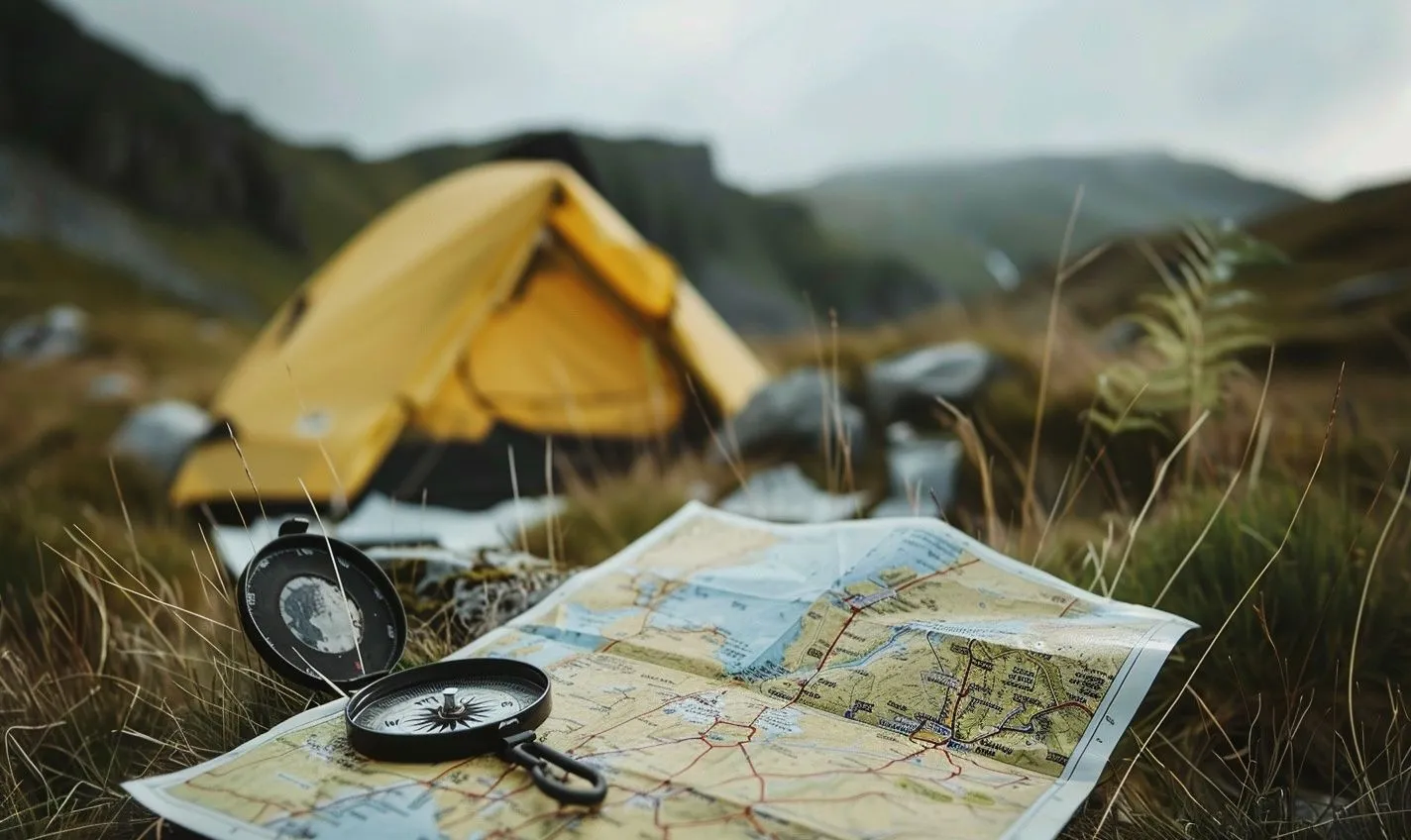
Understanding the Basics of Navigation with Map and Compass
When venturing into the great outdoors, navigating your way through the wilderness can seem like a daunting task. However, you can confidently explore without getting lost with the correct map and compass skills. Let’s dive into the essential tips and techniques to help you become a master navigator.
Top Mistakes to Avoid When Using a Map and Compass for Navigation
Using a map and compass for navigation is a skill that takes practice, and it’s expected to make errors along the way. Here are some common mistakes to steer clear of:
- Incorrectly aligning the map with the surroundings.
- Not adjusting for declination when orienting the map.
- Relying solely on GPS devices without backup tools.
Critical Tips for Error-Free Navigation in the Outdoors
To ensure error-free navigation during your outdoor adventures, consider these navigation tips:
- Study the map and plan your route before setting off.
- Regularly check your compass and orient the map correctly.
- Pay attention to landmarks and natural features for better orientation.
Common Navigation Errors You Should Steer Clear Of
When navigating with a map and compass, it’s crucial to avoid common mistakes that could lead you astray. Some of these errors include:
- Ignoring contour lines and elevation changes.
- Failing to account for pace count and estimating distances inaccurately.
- Disregarding weather conditions that may affect visibility.
Understanding these common navigation errors and taking proactive measures to avoid them can enhance your wilderness navigation skills and enjoy a safer outdoor experience.


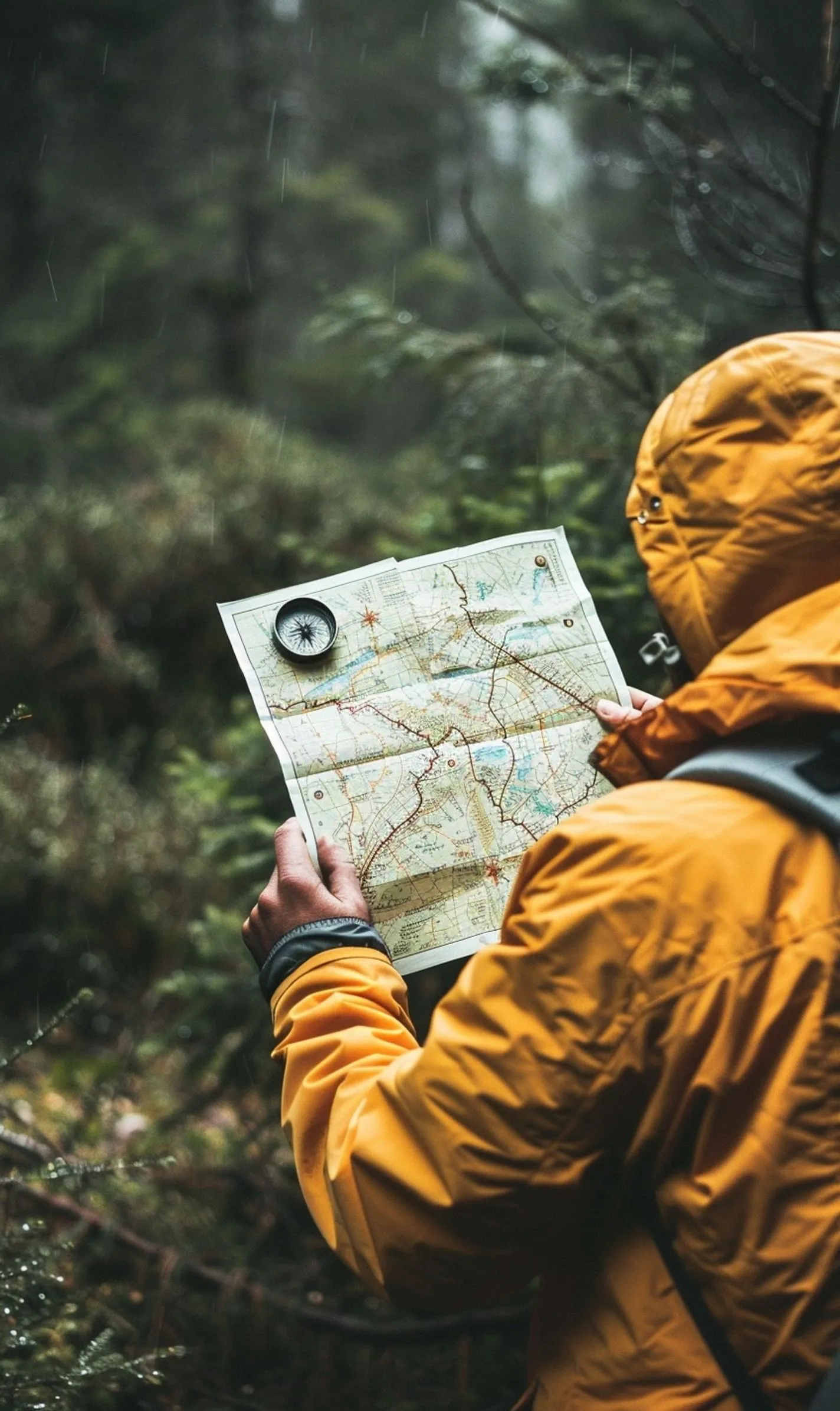
Top Mistakes to Avoid When Using a Map and Compass for Navigation
Using a map and compass can be an essential skill when navigating the great outdoors. However, many adventurers make common mistakes when relying on these tools. To ensure a smooth and error-free navigation experience, it’s crucial to steer clear of these common pitfalls.
Ignoring Proper Orienteering Techniques
Simply having a map and compass is not enough. Understanding how to read them accurately and applying orienteering techniques for effective navigation is essential.
Failing to Account for Magnetic Declination
If not adjusted properly, magnetic declination can lead you in the wrong direction. Calculate and adjust for this discrepancy based on your location.
Relying Solely on Technology
In this digital age, it is tempting to rely on GPS devices or smartphone apps for navigation. However, these can fail or run out of battery. Always have a map and compass as a reliable backup.
Not Keeping Track of Your Progress
It’s easy to get disoriented in the wilderness. Make sure to periodically check your map, compass, and landmarks to track your progress and ensure you’re on the right path.
Misinterpreting Symbols and Markings
Maps contain various symbols and markings that are crucial for navigation. Misinterpreting these symbols can lead to wrong turns or getting lost. Familiarize yourself with map legends and symbols before embarking on your journey.
Overcomplicating Navigation
Navigation with a map and compass doesn’t have to be complicated. Please keep it simple and use basic techniques to avoid confusion and errors.
By avoiding these common mistakes and following essential navigation tips, you can enhance your wilderness navigation skills and enjoy a safer and more successful outdoor adventure.
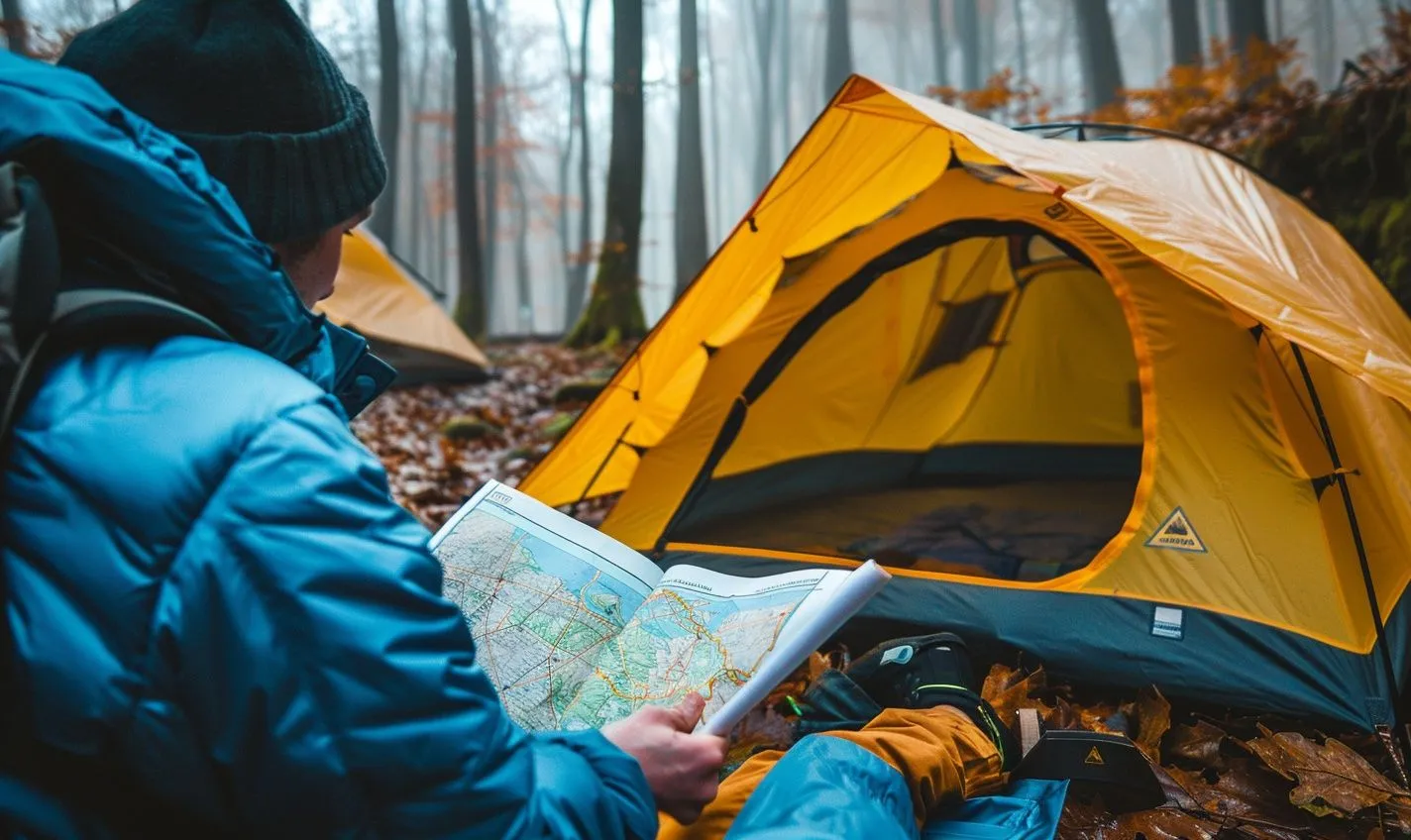
Critical Tips for Error-Free Navigation in the Outdoors
When venturing into the wilderness, a map and compass are your best companions for safe and successful navigation. To ensure you stay on the right track and avoid getting lost, here are some essential tips:
Trust Your Compass, Not Your Instinct
It’s easy to rely on what you think is the right path, but compasses don’t lie. Follow your compass diligently to avoid straying off course and making unnecessary detours.
Practice Regularly Before Your Trip
Mastering the art of using a map and compass takes practice. Before heading out, hone your skills to navigate confidently in any terrain.
Pay Attention to Landmarks
Look for distinct landmarks on your map and match them with your surroundings. This will help you confirm your location and prevent you from taking the wrong turn.
Stay Calm and Patient
Navigation can be challenging, especially when faced with unexpected obstacles. To avoid making hasty decisions, take a deep breath, assess the situation, and proceed with a clear mind.
And remember, even the most experienced outdoor enthusiasts can make navigation errors from time to time. By staying vigilant and following these tips, you can navigate confidently and enjoy a safe and memorable outdoor adventure.
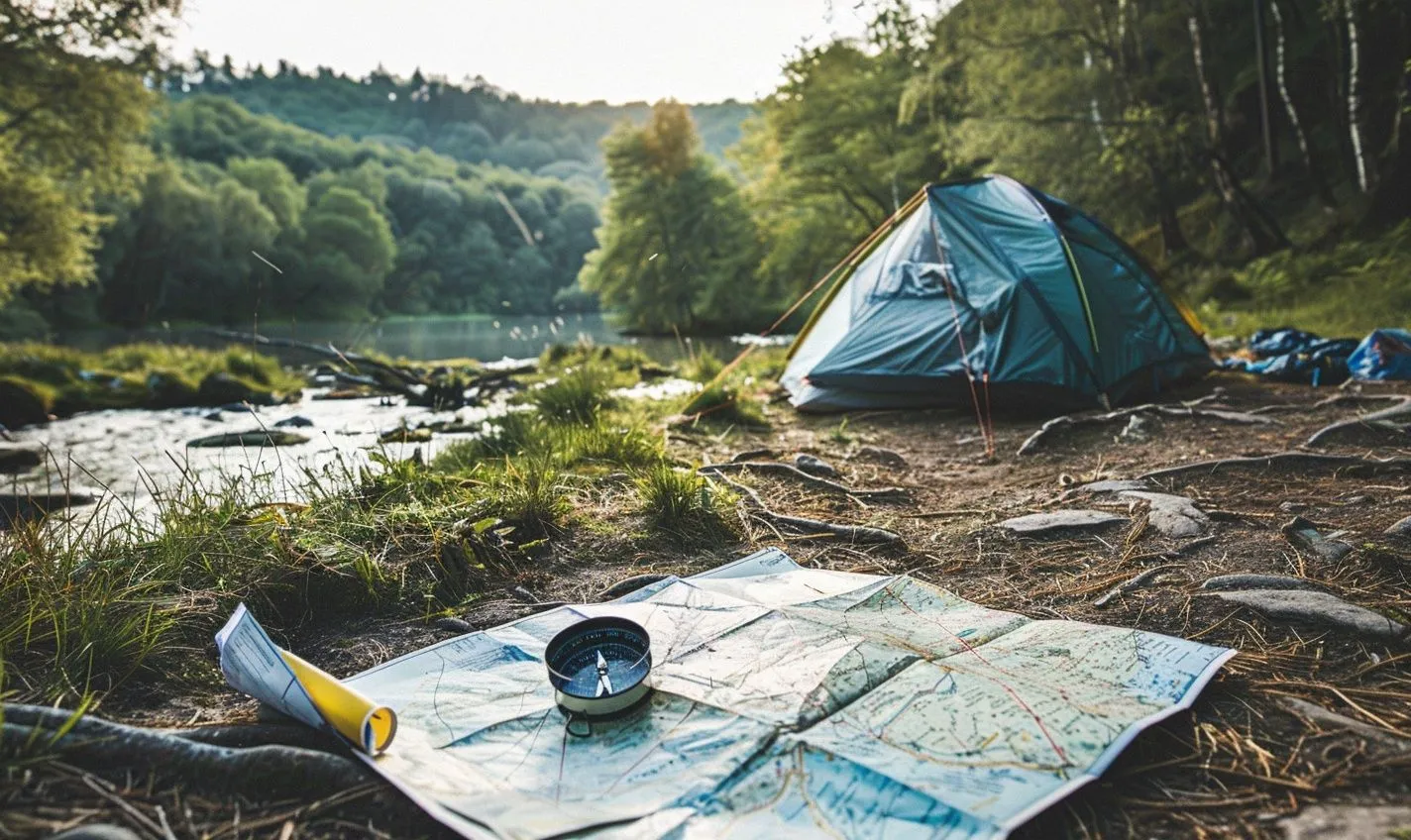
Common Navigation Errors You Should Steer Clear Of
Navigating with a map and compass can be a game-changer when venturing into the great outdoors. However, being aware of common navigation errors that can lead you astray is crucial. Let’s delve into these mistakes and how to avoid them:
Ignoring Landmarks and Features
Navigation Mistake: Failing to identify critical landmarks or terrain features on your map.
Solution: Always take the time to align your surroundings with the map to confirm your location accurately.
Over-Reliance on Technology
Navigation Mistake: Depending solely on GPS devices or apps without a backup map and compass skills.
Solution: Practice using traditional navigation tools to enhance your proficiency and prepare for tech failures.
Inaccurate Compass Readings
Navigation Mistake: Misinterpreting compass readings or failing to adjust for declination.
Solution: Regularly calibrate your compass and understand how to compensate for variations in magnetic north.
Lack of Route Planning
Navigation Mistake: Setting off on a hike or trek without a clear route plan and backup options.
Solution: Plot your intended path on the map, consider alternate routes, and inform someone of your itinerary for safety.
Poor Weather Awareness
Navigation Mistake: Ignoring changing weather conditions that can affect visibility and alter your route.
Solution: Stay updated on weather forecasts, carry protective gear, and be prepared to adjust your navigation strategy accordingly.
By avoiding these common navigation errors and implementing error-free navigation techniques, you can navigate the wilderness confidently and enjoy a safe outdoor adventure.
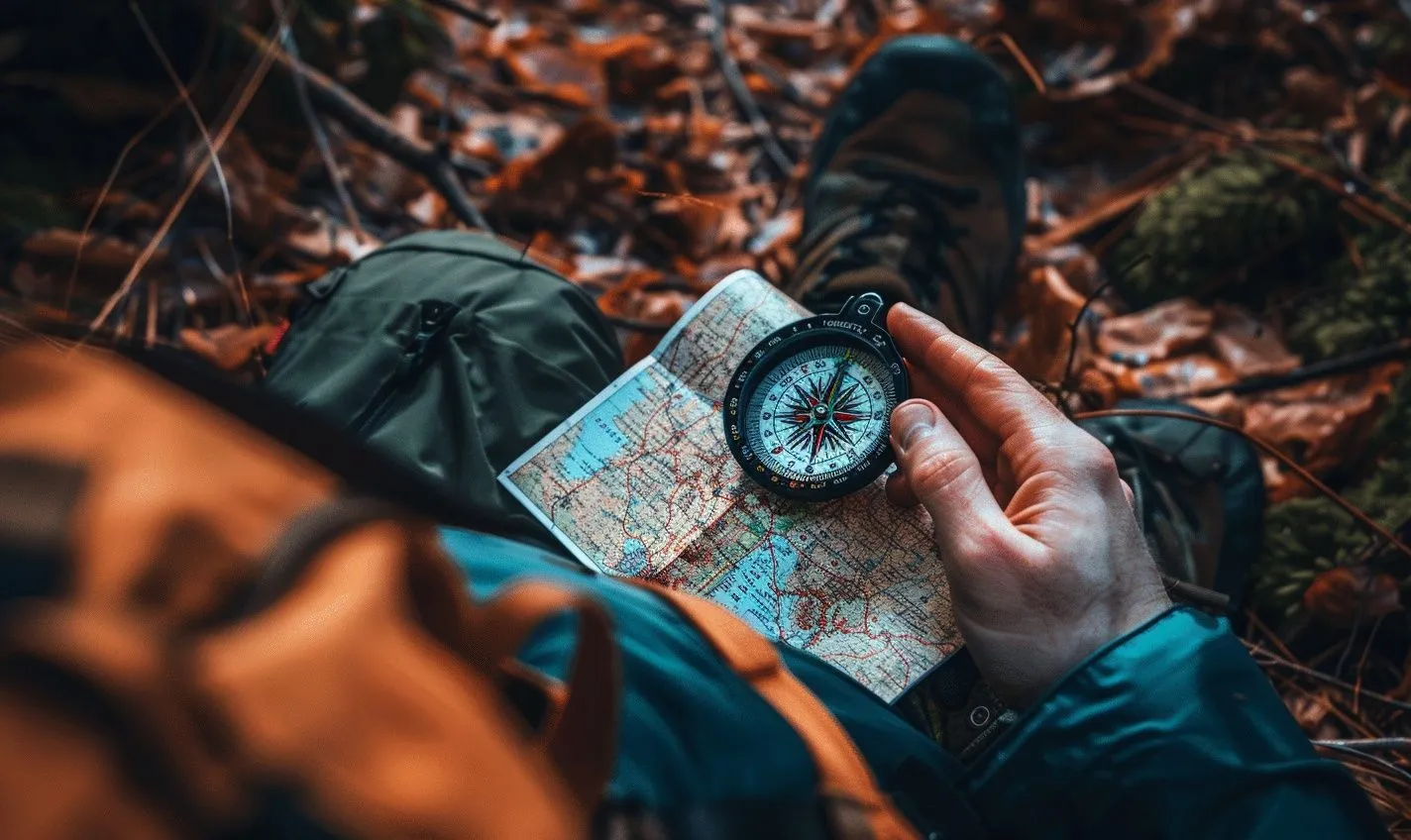
Maximizing Your Wilderness Navigation Skills with Map and Compass
Imagine the thrill of venturing into the great outdoors, armed with just a map and compass. Navigating through the wilderness, relying solely on your wits and these tools, is a truly empowering experience. However, mastering the art of map and compass navigation requires practice, patience, and a keen eye for detail. To help you become a proficient navigator, let’s delve into some crucial tips and tricks that will elevate your wilderness navigation skills.
Understanding the Basics of Navigation with Map and Compass
Before setting out on any outdoor adventure, it’s essential to grasp the fundamentals of map and compass navigation. Familiarize yourself with map symbols, scales, contour lines, and cardinal directions. Understanding these basics will lay a solid foundation for error-free navigation in the wilderness.
Top Mistakes to Avoid When Using a Map and Compass for Navigation
Many outdoor enthusiasts fall into common traps when navigating with a map and compass. To steer clear of these pitfalls, avoid the following mistakes:
- Ignoring declination adjustments
- Failure to orient the map correctly
- Over-reliance on GPS devices
Critical Tips for Error-Free Navigation in the Outdoors
Enhance your navigation skills by following these essential tips:
- Always keep your map and compass accessible
- Regularly check your bearings and update your position
- Practice using your compass to determine direction without the map
Common Navigation Errors You Should Steer Clear Of
When navigating in the wilderness, be mindful of these common errors that could lead you off course:
- Following the wrong features on the map
- Disregarding pace count for estimating distance
- Not accounting for terrain features in your route planning
By honing your map and compass skills and avoiding these common navigation errors, you’ll be well-equipped to navigate confidently in the great outdoors. Remember, practice makes perfect, so get out there and start exploring!
Essential Map and Compass Techniques for Successful Navigation
When venturing into the great outdoors, mastering the art of map and compass navigation is crucial for a safe and successful journey. You can confidently navigate through rugged terrains, dense forests, and unfamiliar territories by honing your skills in this essential practice. Here are some critical techniques to ensure error-free navigation:
Understanding the Basics of Navigation with Map and Compass
Before setting out on your adventure, familiarize yourself with the fundamental principles of map reading and compass navigation. Knowing how to interpret contour lines, identify critical landmarks, and orient yourself on a map are essential skills that will serve as your guiding light in the wilderness.
Top Mistakes to Avoid When Using a Map and Compass for Navigation
One of the most common map and compass mistakes is failing to account for declination, which can lead to off-course navigation. Ensure you adjust for this magnetic variance to align your compass accurately with the map and avoid navigational errors.
Critical Tips for Error-Free Navigation in the Outdoors
- Always carry a reliable compass and a detailed topographic map of the area.
- Regularly check your bearings and cross-reference them with prominent landmarks.
- Practice using your compass in different conditions to build confidence in your navigation skills.
Common Navigation Errors You Should Steer Clear Of
- Relying solely on GPS devices can fail in remote locations or run out of battery.
- You are disregarding subtle terrain features that can help you pinpoint your location on the map.
- Ignoring environmental cues, such as the position of the sun or prevailing winds, can aid in navigation.
By incorporating these essential map and compass techniques into your outdoor repertoire, you can navigate with precision and certainty, unlocking a world of exploration and discovery. Remember, practice makes perfect, so don’t hesitate to hone your skills and embrace the wonders of the wilderness.
Conclusion
Mastering map and compass navigation is a crucial skill for any outdoor enthusiast. You can ensure error-free navigation on your camping trips by avoiding common mistakes like misreading the compass, incorrectly aligning the map, or ignoring essential landmarks.
Remember, practice makes perfect when using a map and compass. Take the time to familiarize yourself with the tools and practice navigating different terrains and conditions. Always double-check your readings and be patient as you develop your skills.
Following these navigation tips and learning from standard errors, you can confidently navigate the great outdoors like a pro. Trust your abilities, stay calm in challenging situations, and always prioritize safety during your camping adventures.
So pack your map and compass on your next outdoor excursion and put your newfound skills to the test. With determination, patience, and a keen eye for detail, you’ll soon be navigating through the wilderness with ease and precision, enjoying all the wonders nature offers.
Frequently Asked Questions (FAQs)
What are some standard map and compass mistakes to avoid while camping?
Some common mistakes include misinterpreting map symbols, failing to account for declination, and not orienting the map correctly.
What are some essential navigation tips for beginners using a map and compass?
Ensure your compass is declined, practice using the compass before the trip, and always cross-reference with landmarks on the map.
How can one achieve error-free navigation while hiking with a map and compass?
To avoid errors, keep your compass away from metal objects, double-check your bearings, and regularly update your position on the map as you move.
What are the consequences of common navigation errors when relying on a map and compass?
Common navigation errors can lead to getting lost, taking longer routes, and experiencing unnecessary fatigue or danger in the wilderness.







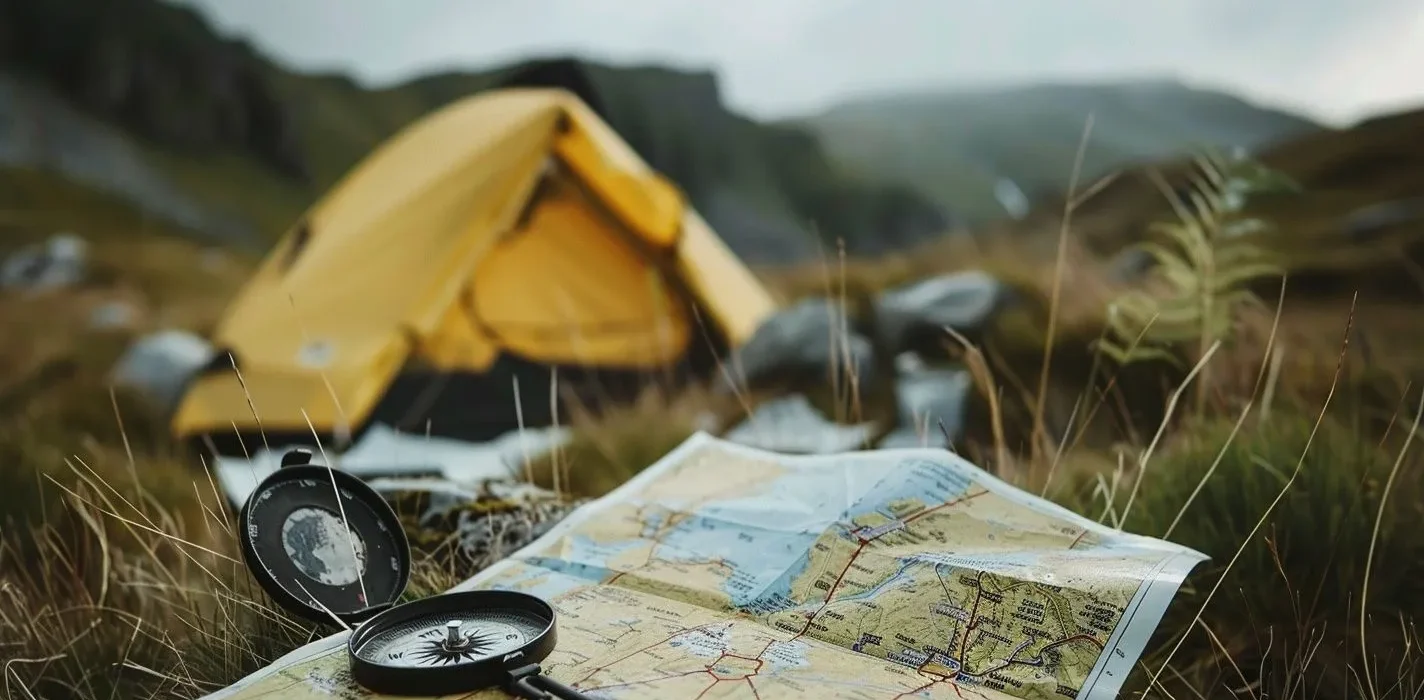


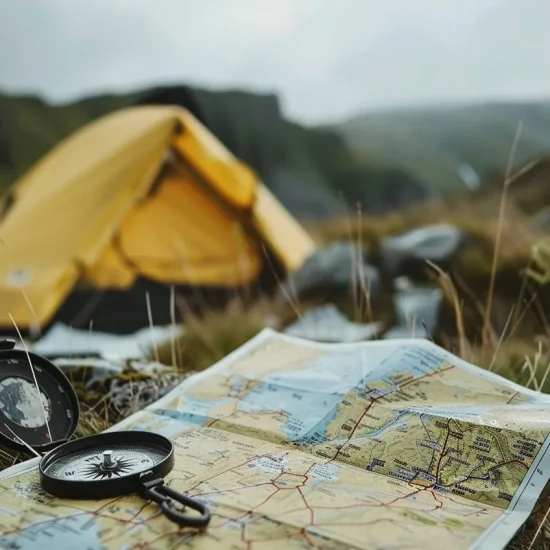
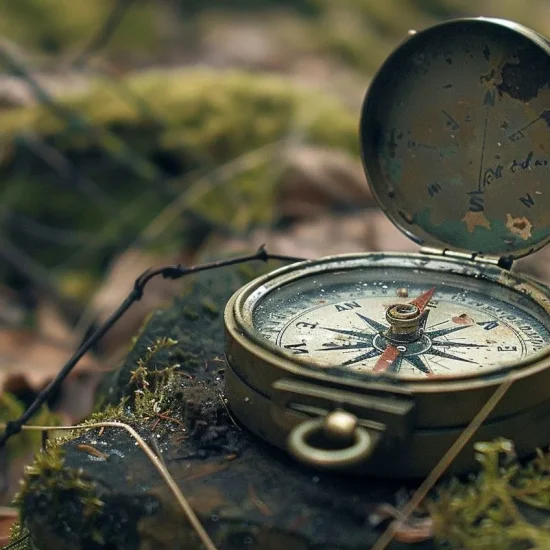
No Comment! Be the first one.